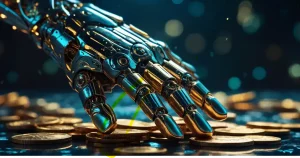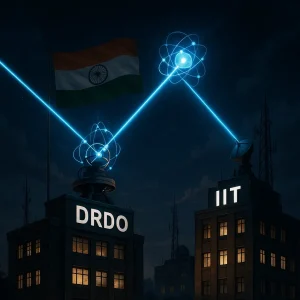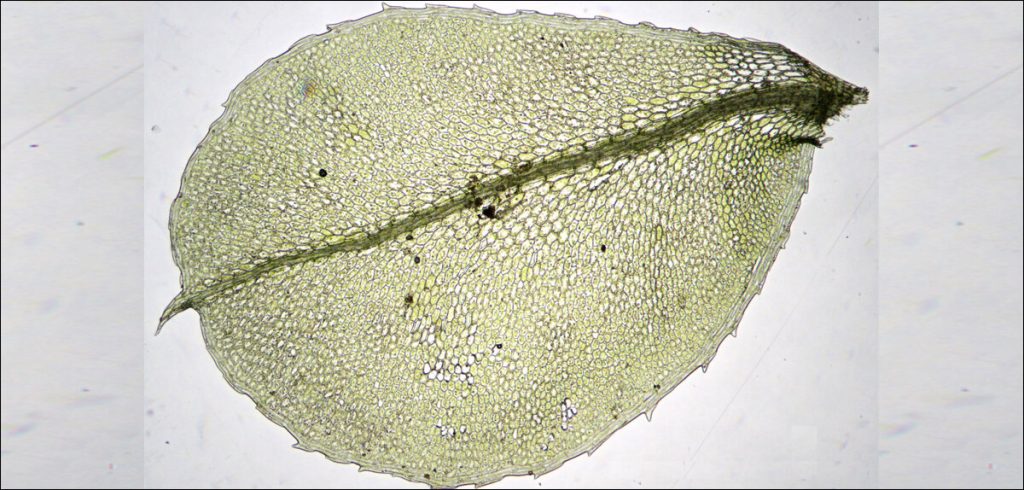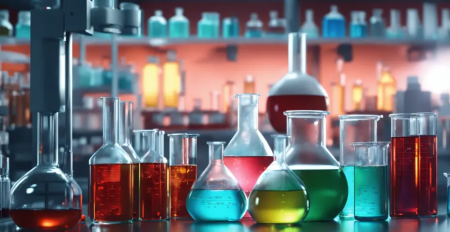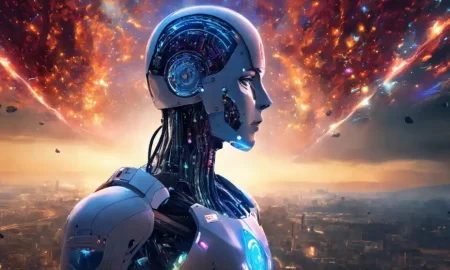The world became liveable for primates like us because of photosynthesis done by leaves and today scientists are working to make its artificial variant to again solve a lot of our problems writes Satyen K. Bordoloi.
Back in the dinosaur age, the earth was not ready for humans. The atmosphere was rich in carbon dioxide. But the trees and their leaves were enormous. That meant they used sunlight, took in carbon dioxide and released oxygen in a process we named photosynthesis. Oxygen in the atmosphere grew – and along with other factors like cooling of the planet and plant diversity – paved the way for primates to emerge.
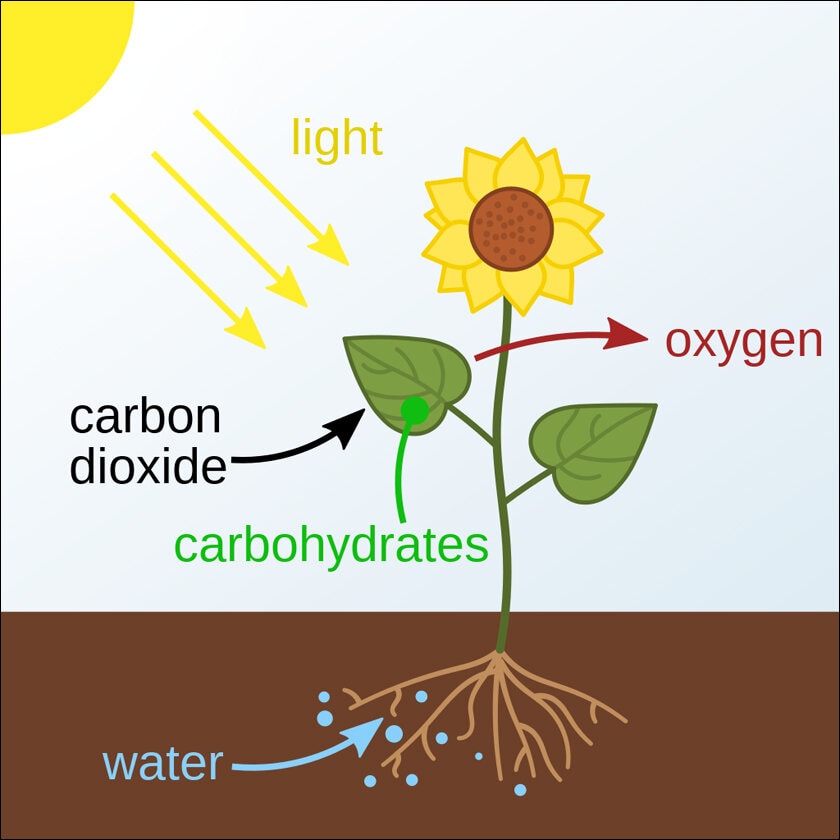
The world was thus made liveable for humans by trees and their leaves. As the world goes through a new crisis – a manmade climate crisis – scientists are going back to the leaves, to rescue the planet for us. The only difference: this time the leaves are man-made, artificial and have a chip. Scientists across the world are betting on them to solve a host of our current problems from climate change to making clean, abundant fuel. Though the field has yet to catch up, it has the potential to change the world in more ways than we can imagine today.
Human’s need for energy has gone through the roof. Yet we cannot burn more fossil fuel to produce them as it releases greenhouse gases. As Chernobyl and Fukushima show, nuclear energy comes with its own inherent dangers. Artificial leaf technology, inspired by photosynthesis, is one of the most promising technologies to come out in the last few decades. The reason is simple: instead of polluting, it takes in polluting carbon dioxide and releases oxygen while producing fuel for our needs. Thus, if we could replicate that on a large scale, we could not only create green energy but also depollute the world.
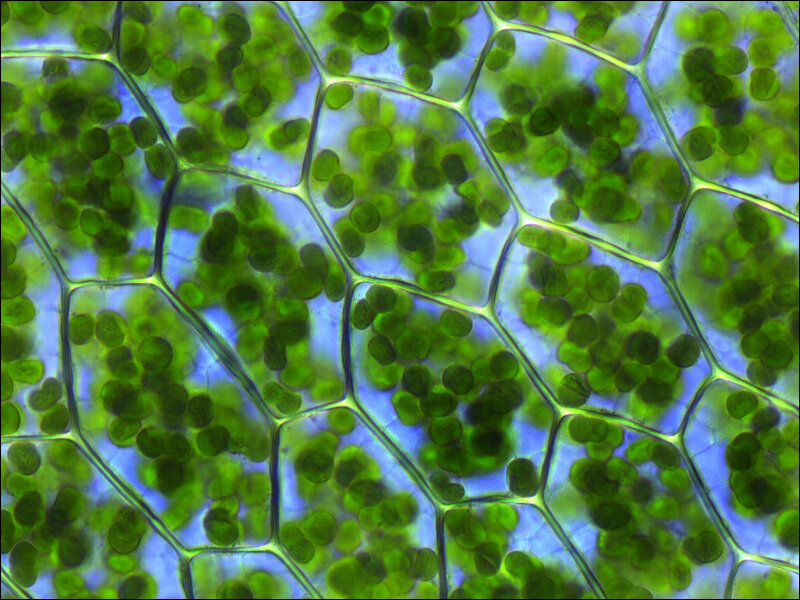
The problem is that photosynthesis is a complex and tough chemical reaction. Though plants make it look easy – thanks to millions of years of evolution – it actually involves a complex array of processes including capturing sunlight and splitting water molecules to make protons that join with atmospheric carbon dioxide to produce energy for the plant to grow. Despite millions of years of practice, plants only manage 1 per cent efficiency at best. What chance did we humans have?
Turns out a lot. What scientists realised is that they could mix three branches of science: chemistry, biology and IT to produce a sort of bionic version of a natural leaf which they are calling artificial leaf or bionic leaf.
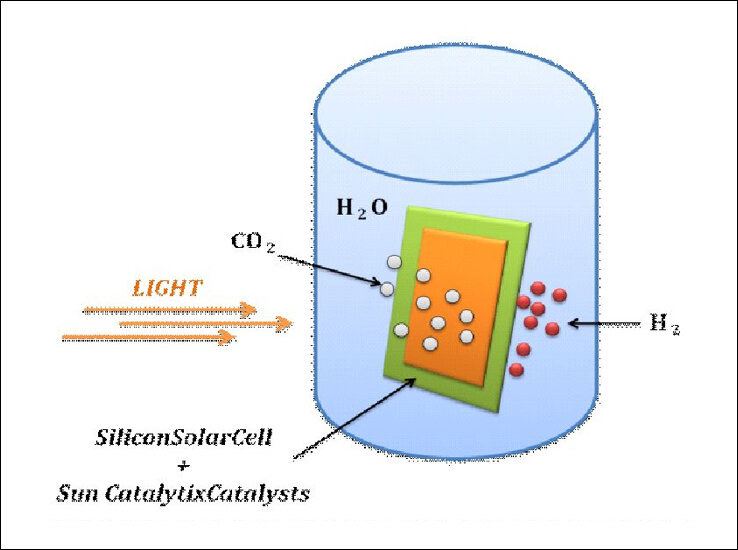
WHAT IS ARTIFICIAL LEAF:
Throughout the ages humans have observed how plants spread their leaves out to the sun to absorb the light that reaches Earth. We have fantasised for ages if we too could build something that could mimic this. Though the technology wasn’t there when the idea first came to humans, in the digital age, we now have the resources to do so.
The term ‘leaf’ is a misnomer, yet a guiding light. A misnomer because these devices are digital gadgets with chips and electrodes. Guiding light because its basic principle is the same as that of a leaf i.e., photosynthesis: have a large surface area exposed to the sun to take its energy, take in compounds available in the air to produce something else.
Solar panels are also made of chips and they operate on the sun’s energy. Can you call solar panels artificial leaves? Not really because though the principle is similar, it’s not the same. Solar panels just take the sun’s energy and convert it into electrical energy we can use for our purposes. When we say artificial leaf, we mean another layer of complexity: the ability to also take gases, and compounds from the air – just like leaves do – and turn them into something useful for us.
The first real breakthrough in creating a bionic leaf was achieved in 2011.
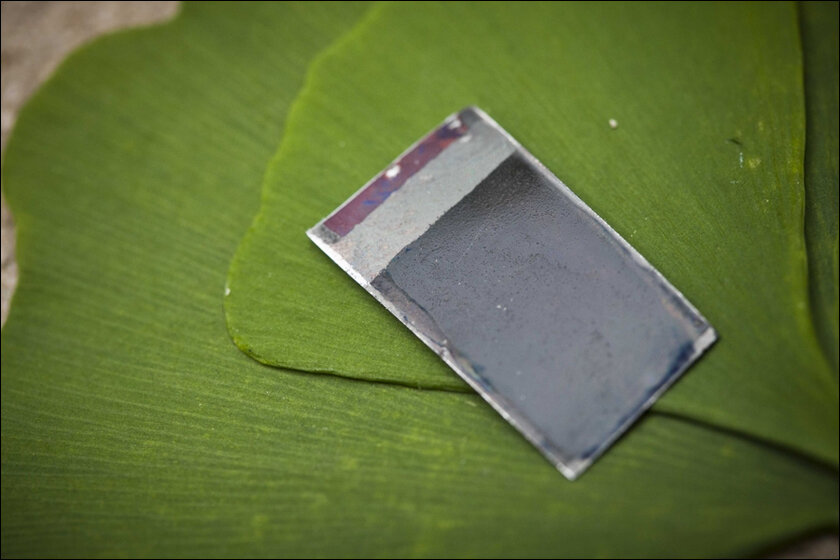
ARTIFICIAL LEAVES COME ALIVE:
In 2011 researchers at MIT led by Professor Daniel Nocera produced a device which, like leaves, could turn the sun’s energy directly into chemical fuel. The beauty of their artificial leaf was that it needed no external wires or controls to operate. It was basically a silicon solar cell with various catalytic materials bonded on its two sides. When placed in water and exposed to sunlight, the water would bubble up. These were bubbles of oxygen on one side and hydrogen on the other. Placed in a container that could make a barrier to separate the two sides, the bubbles could be collected to be used to do various things with them including making power by feeding them into a fuel cell. Though this device could be used in a wireless configuration, if wired, its water-splitting efficiency went up from 2.5% to 4.7%. The paper detailing the same can be read here.

Since then, multiple teams across the world have been working extensively on similar lines and in the last few years, we have had some fascinating breakthroughs.
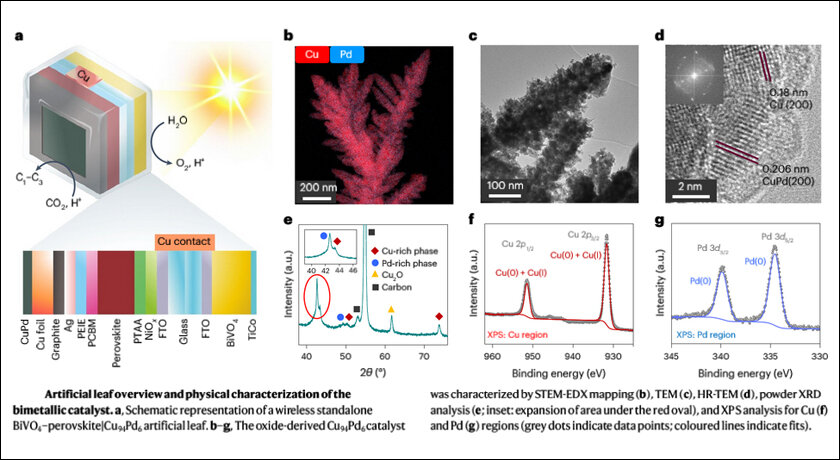
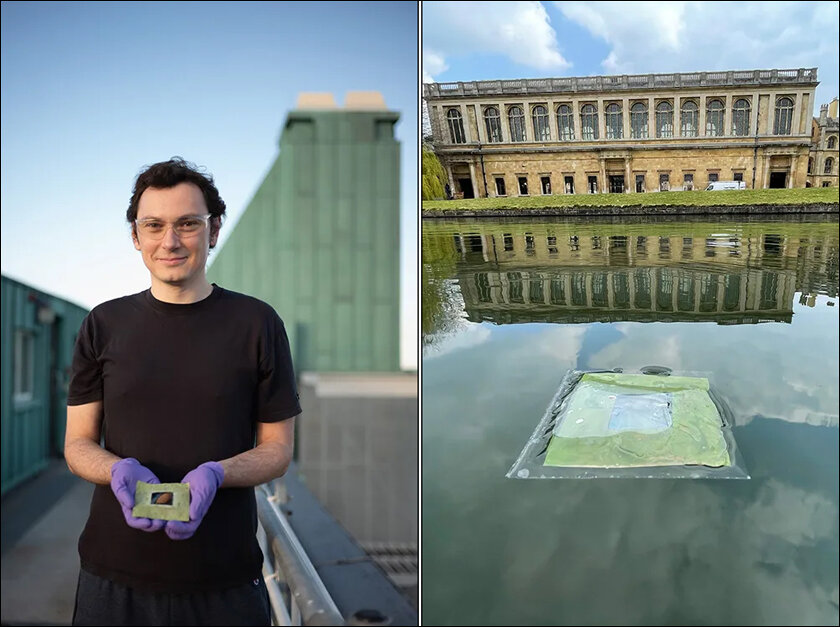
(Image Credit: University of Cambridge)
Last year researchers at the University of Cambridge published a paper in Nature that highlighted how they developed ‘artificial leaves’ that float on water and generate clean fuel using sunlight and water, much like leaves. This is revolutionary for many reasons. Firstly, the devices are ultra-thin and flexible, low-cost, autonomous, and light enough to float on water. Tests have shown them to convert sunlight into fuel almost as efficiently as real leaves. This is a game changer because if it could be scaled up in a cost-effective fashion, it would solve our energy problems in a clean, green way. Not just rivers and seas, but polluted canals in urban areas can start generating energy because the purity of the water is irrelevant to the device.

Again, this year, Cambridge University researchers made an artificial leaf that can convert carbon dioxide into propanol and ethanol. In this first-of-its-kind work, the team adopted a photoelectrochemical approach in which a cell with semiconducting photoelectrodes absorbs sunlight and produces electricity that powers a catalyst-driven chemical reaction.
These are revolutionary steps as they are the first steps humans have taken in directly using sunlight to produce clean fuel from carbon dioxide in a single step.
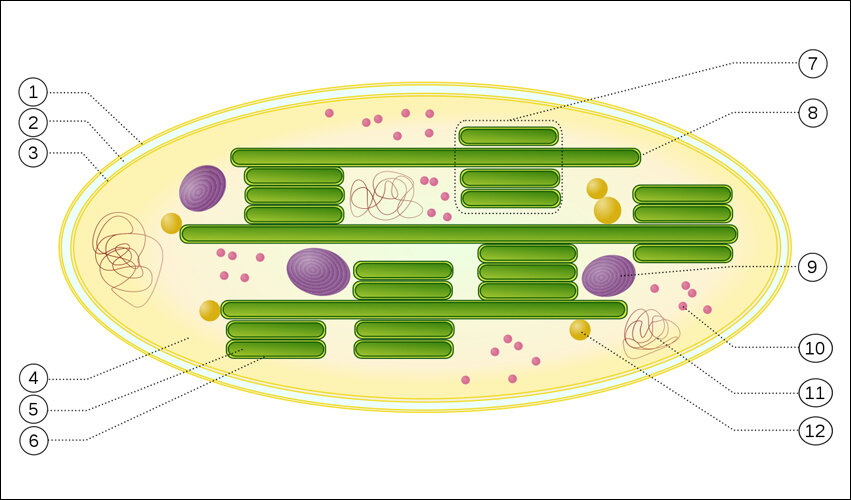
MIMICKING NATURE:
The most important fact to remember about artificial leaves, is that they are not literal, but conceptual. This means that the idea is taken from nature, that of leaves, and to try to copy its concept to suit our needs. This is crucial because while humans have been doing bad by the environment, the solutions for that, also rests in nature. This idea needs to be developed into better and better technologies if we are to survive the climate catastrophe that we have induced on ourselves.
But beyond that as well, the success of these experiments proves another fundamental truth: one thing can be converted into almost anything else with the right knowledge, tools and building blocks for the same. Nature has shown that for over 4 billion years. It is now up to her most prodigious yet reckless children – humans – to learn from her, replicate her greatest hits like leaves, to – ironically – save the planet from the damage we have caused it.
There is no other way. We have to – as the cliché goes – ‘Science the sh*t out of this mess’. Artificial leaves could be a major driver of that.
In case you missed:
- How Old Are We: Shocking New Finding Upends History of Our Species
- Are Hallucinations Good For AI? Maybe Not, But They’re Great For Humans
- Nuclear Power: Tech Giants’ Desperate Gamble for AI
- To Be or Not to Be Polite With AI? Answer: It’s Complicated (& Hilarious)
- Alchemists’ Treasure: How to Make Gold in a Particle Accelerator (and Why You Can’t Sell It, Yet)
- Would an Electric Plane Have Reduced the Air India Crash Death Toll?
- Copy Of A Copy: Content Generated By AI, Threat To AI Itself
- Reversing Heart Disease: Next Step in Living 150 Years Achieved in Lab
- Rise of the Robolympics: When R2-D2 Meets Rocky Balboa
- A Manhattan Project for AI? Here’s Why That’s Missing the Point

